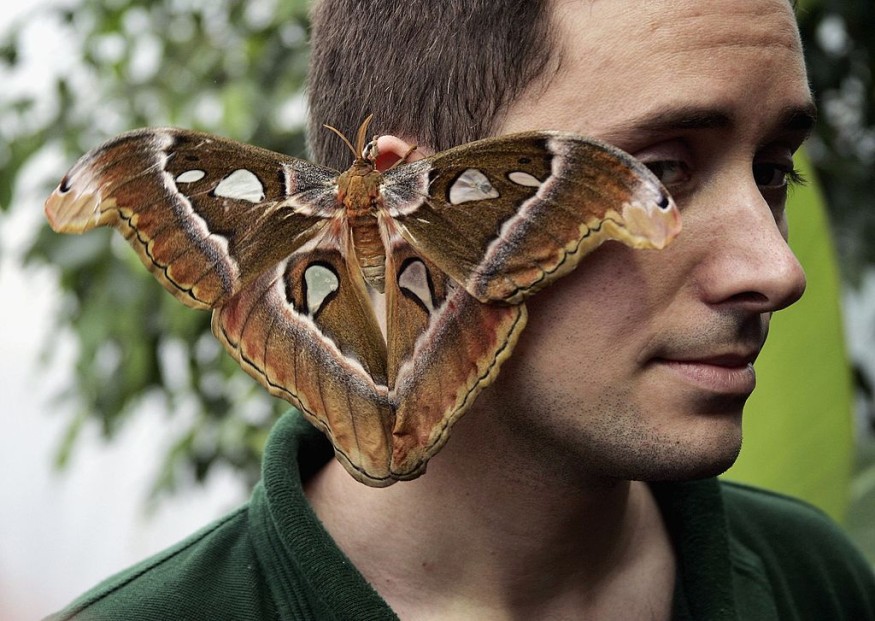The sight of a face and the name "Anna" on the back of a moth startled a 25-year-old woman.
The massive five-inch imperial moth was sunbathing itself last Sunday when Reagan Lewallen, who was house-sitting, let her friend's dog out into the yard.
Imperial Moth With a Face and Name on Her Back
Reagan, who noticed the face and name on the bug's back, immediately grabbed her phone to take a picture of the lovely moth.
She sent it to her mother, who claimed to have seen an infant with pigtails.
Reagan is optimistic that the unsettling image is a communication from Anna, letting everyone know that she is safe in the afterlife.
Good News Today August 1 brought to you by: https://t.co/ebq9orvgVG
— Patricia Freudenberg, AKA , Patty from New York (@Miss_U_Gram) August 1, 2022
Headline reads:
Imperial Moth Spotted With Name ‘Anna’ Spelled Out on its Back Below a Face
Mother Nature Did WHAT?#Goodnews #THOC #live #news #jouralism
Following the image's social media publication, the post garnered tens of thousands of shares and comments.
Due to their natural design, many imperial moths (Eacles imperialis) resemble faces; nonetheless, the precisely sized letters ANNA stand out more.
"I've seen this kind of moth before but nothing like that, nothing with a face on it and a name," Reagan said in a Good News Network report.
"Just [because] it was spelled out so perfectly, I was like 'oh my goodness, I've never seen anything so crazy,' I got goosebumps," Reagan added.

Imperial Moth Explained
A huge moth, known as an imperial moth, occasionally holds its wings flat at rest. NC State Extension Publications described the animal as an enormous, predominantly yellow moth with dots, lines, and splotches of light to dark brown that resembles a fallen leaf. Its thick, hairy body is largely the same color.
They are a member of the huge silkworm family's royal moth subgroup.
Late spring sees the emergence of imperial moths from the earth when they mate and lay hundreds of eggs on various trees. The eggs are rounded spheres that are almost 1/8 inch across.
The eggs hatch into around half-inch long orange caterpillars with conspicuous black spines.
Eventually, caterpillars develop into three to five-inch long, plump, green, brown, or nearly black worms.
According to AtoZ Animals, the imperial moth can be found between Argentina and southeast Canada. Although the moth is mainly found in the mid-Atlantic and southern regions of the United States, there are populations in the Midwest and the Rocky Mountains as well. Coniferous and deciduous woods make up the environment.
The imperial moth doesn't eat much. Its lifespan is often little more than a week because all it does is reproduce. Certain regions, like New England, are seeing a decline in the species population.
Some speculate that it's because those moths, like other moths, are drawn to artificial lighting. Instead of mating, the moths would much prefer to swirl around these lights.
Additionally, because of the light, they are more visible to predators like bats and nocturnal birds. Pesticides and the unintentional spread of illnesses are two more issues. The imperial moth is simpler to locate in the southern portion of its habitat.
Check out more news and information on Animals in Science Times.









